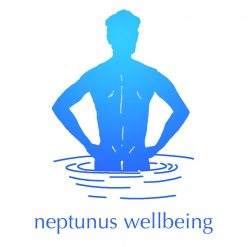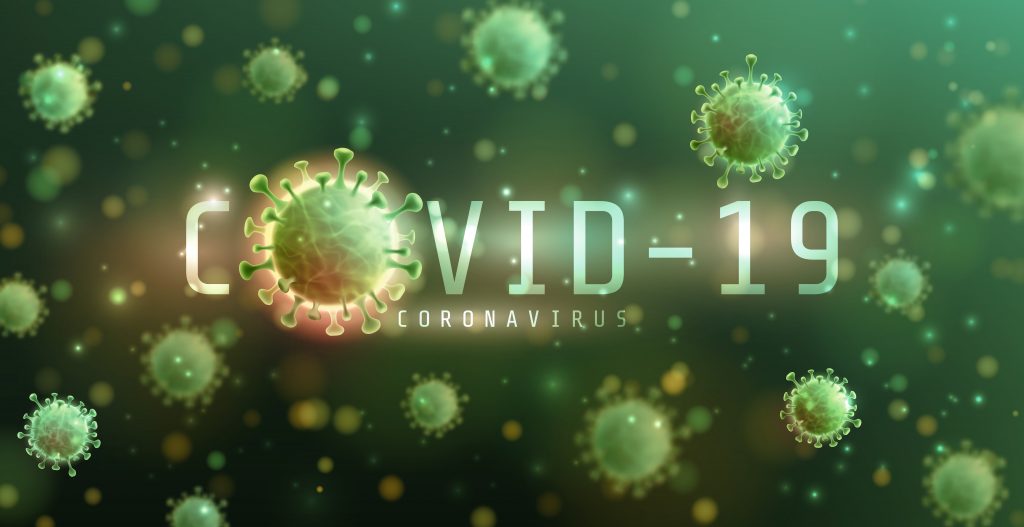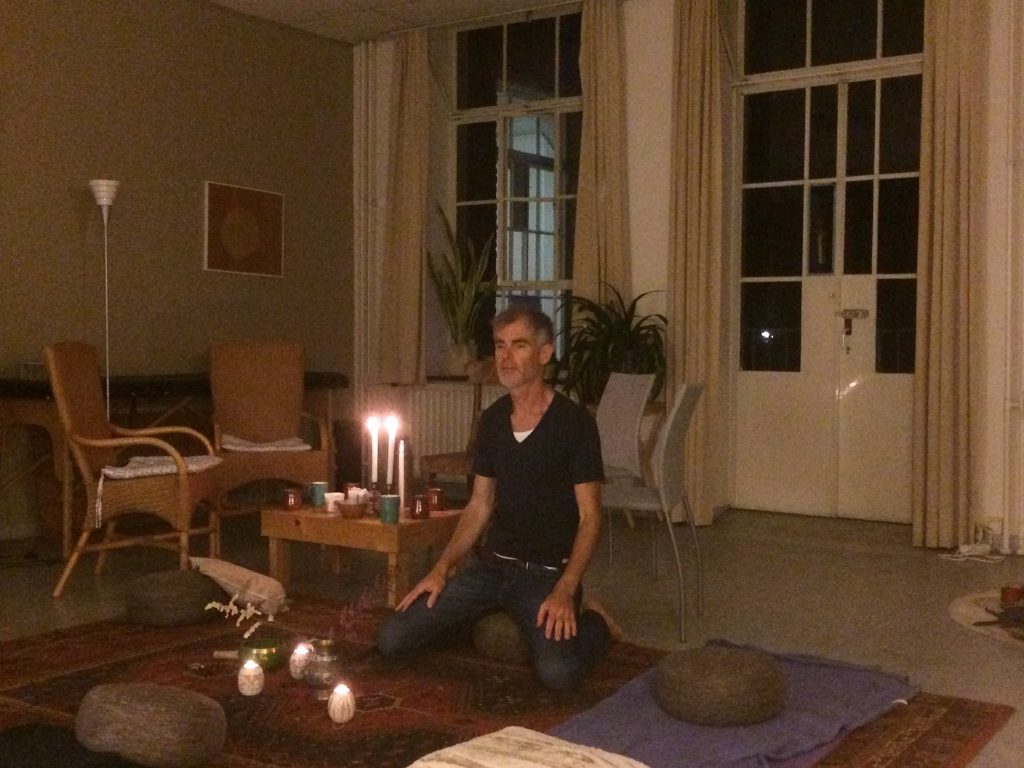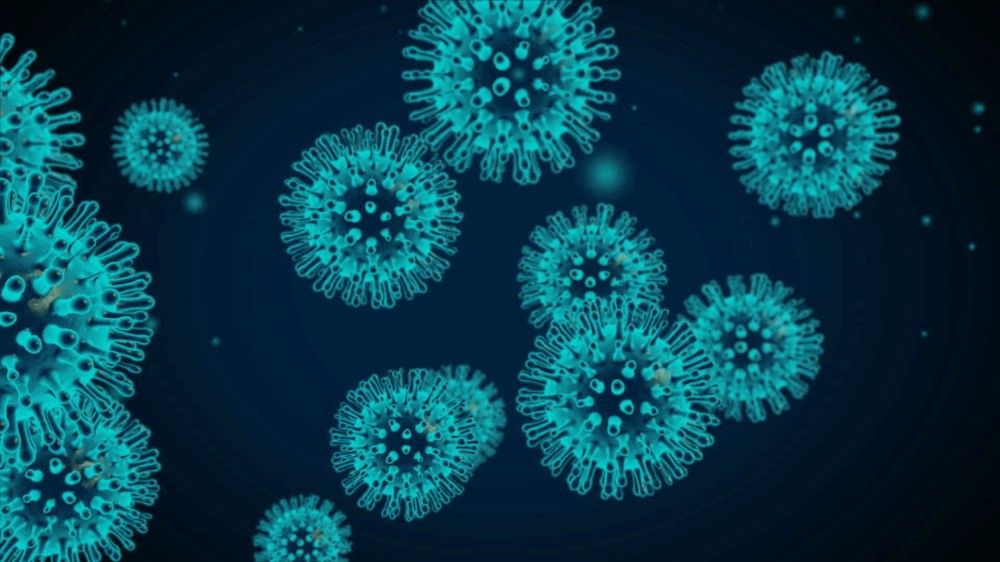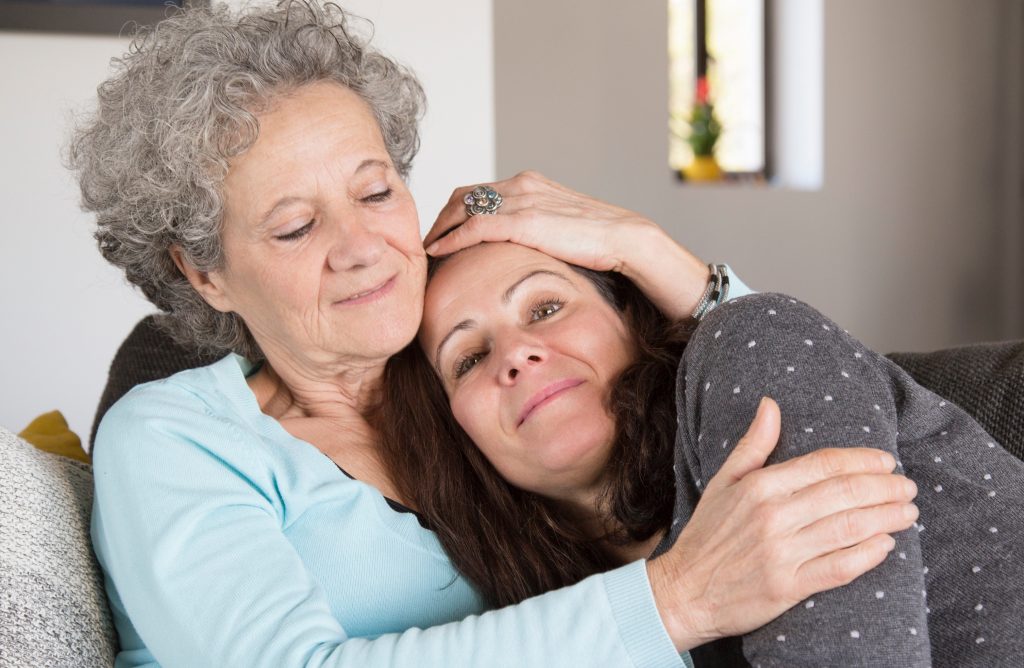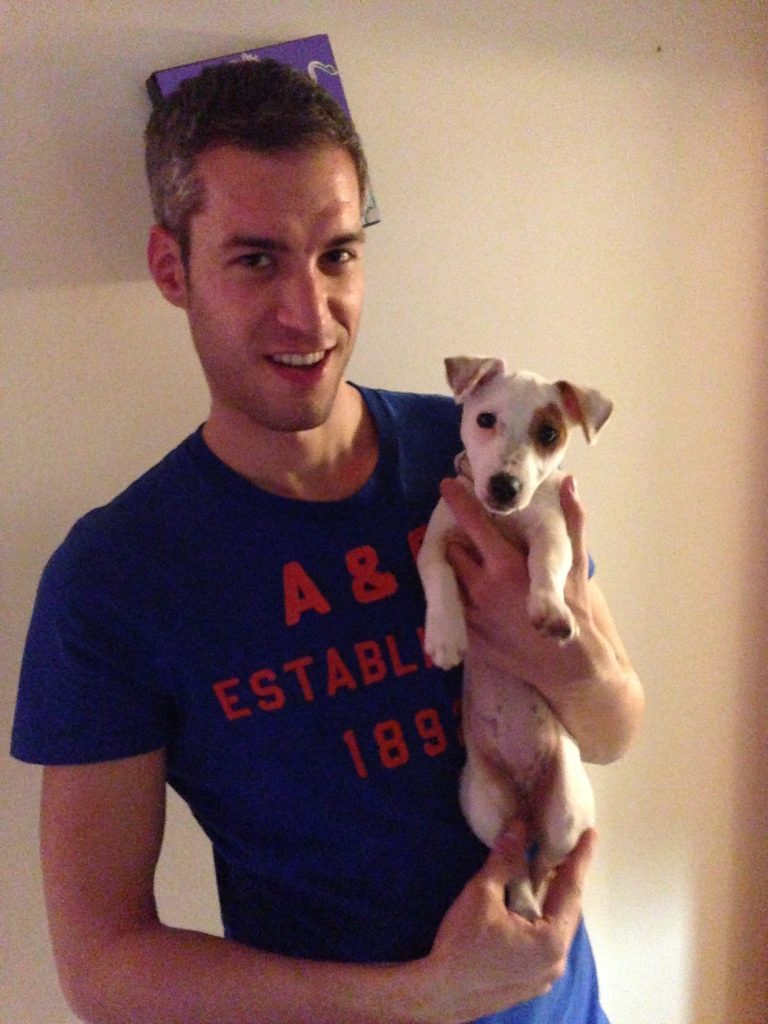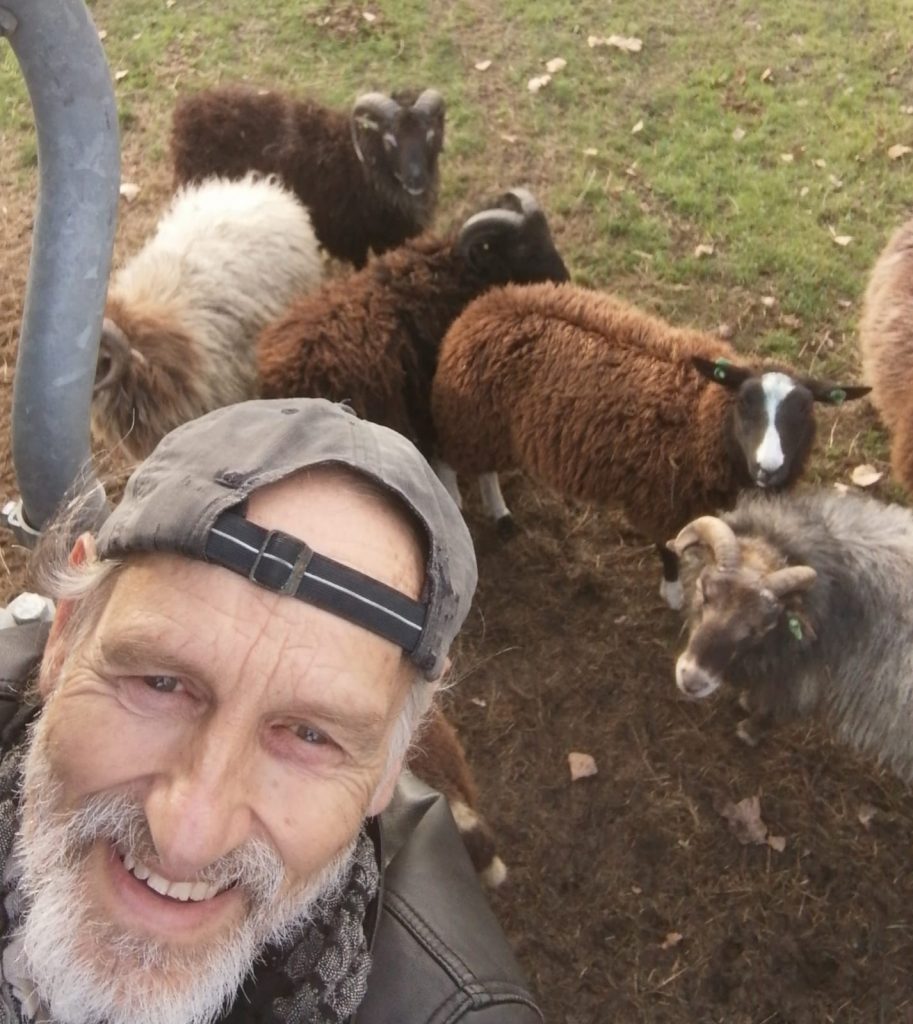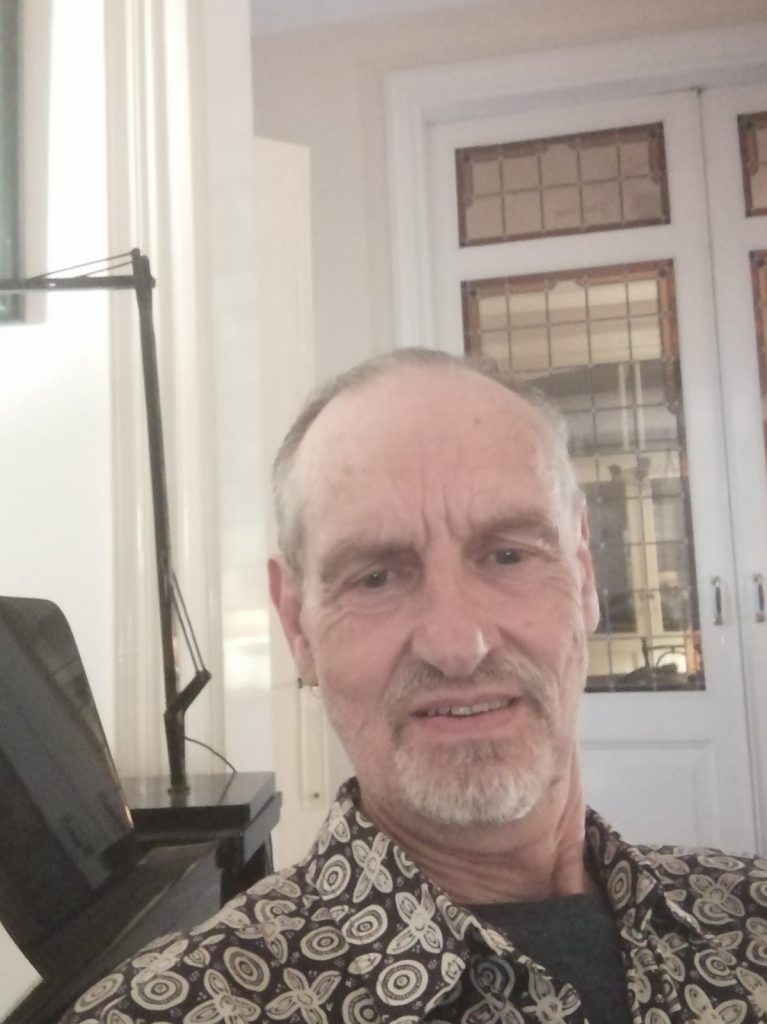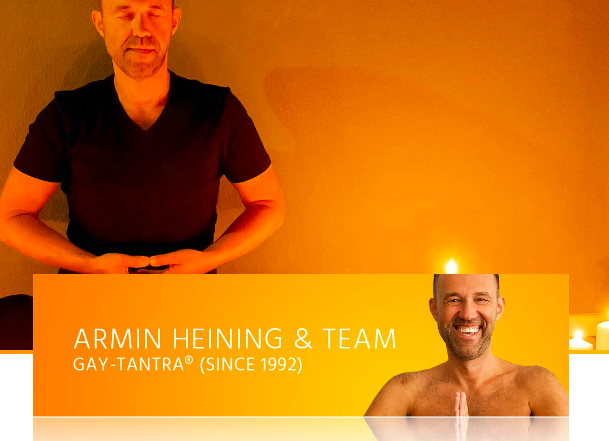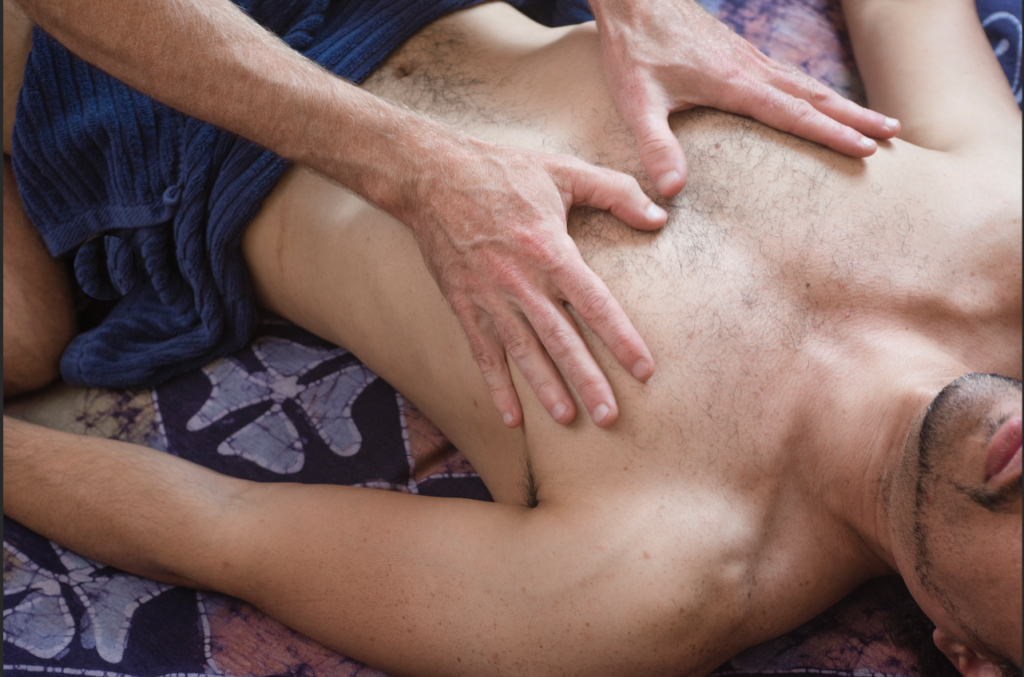In a “sharing circle” or a “Heartcircle” – as sharing circles are also called – we take the time to listen to each other. There is plenty of room to be together and share what is going on inside you.
This is a challenging time for all of us. Since corona, people have been working from home more. Social media such as Instagram and Most of us have less physical contact with each other and social contacts have become more purposeful. But we are evolutionarily social beings, “herd animals”. Our natural habitat is with each other, in small groups. In order to feel good, it is therefore important to connect with others and with yourself in a different way every now and then.
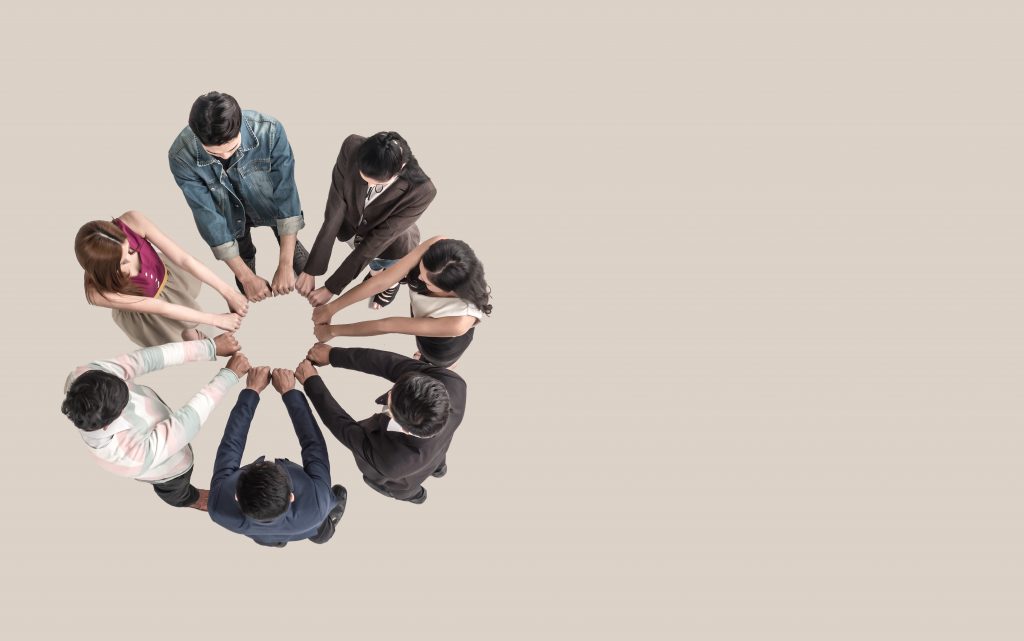
What is the background of sharing circles?
Sharing circles or heart circles have a long tradition among indigenous communities, including in North America. In these communities, they ensure that everyone has equal opportunities to share their concerns, opinions and ideas. Sharing circles became popular in the 1970s as a form of therapy. Today, these circles provide deeply connected communities, people can feed each other and there can be for each other.
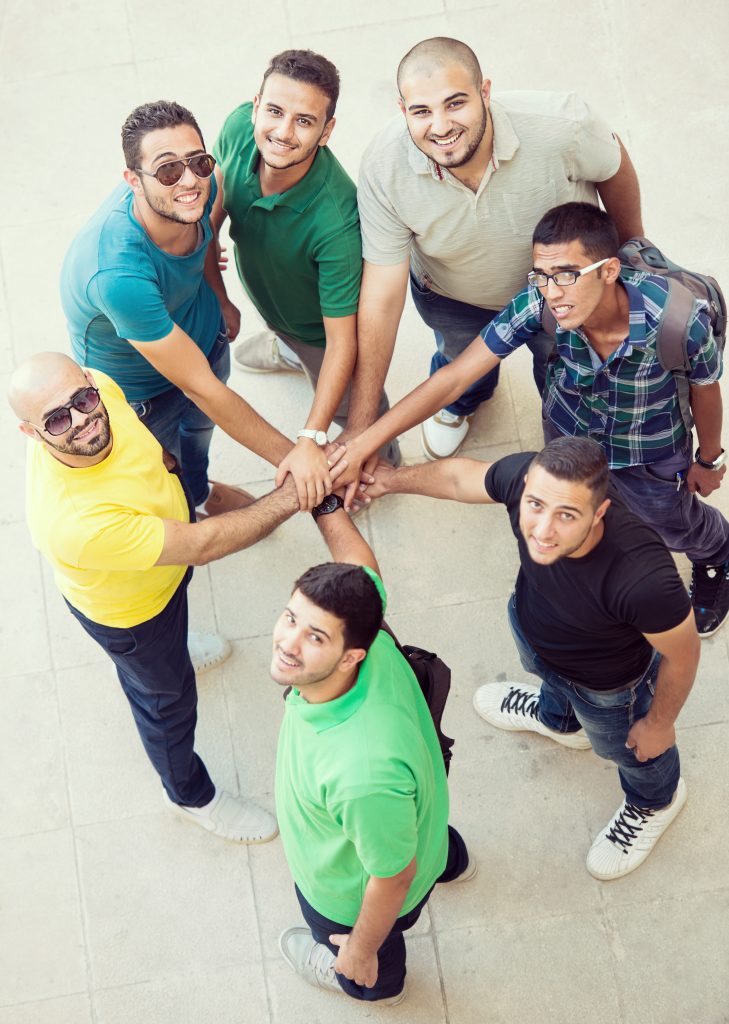
What added value does a sharing circle have?
A sharing circle offers the opportunity for every voice to be heard, respected and appreciated. We usually talk to others about everything that is going well. We don't want to complain or act negative. When you also share what your dilemmas and struggles are, something magical arises. If you share what really lies on your heart, it turns out we can recognize so much in each other. You suddenly feel supported by the others. It is amazing how quickly a sense of belonging develops when there is a safe atmosphere.
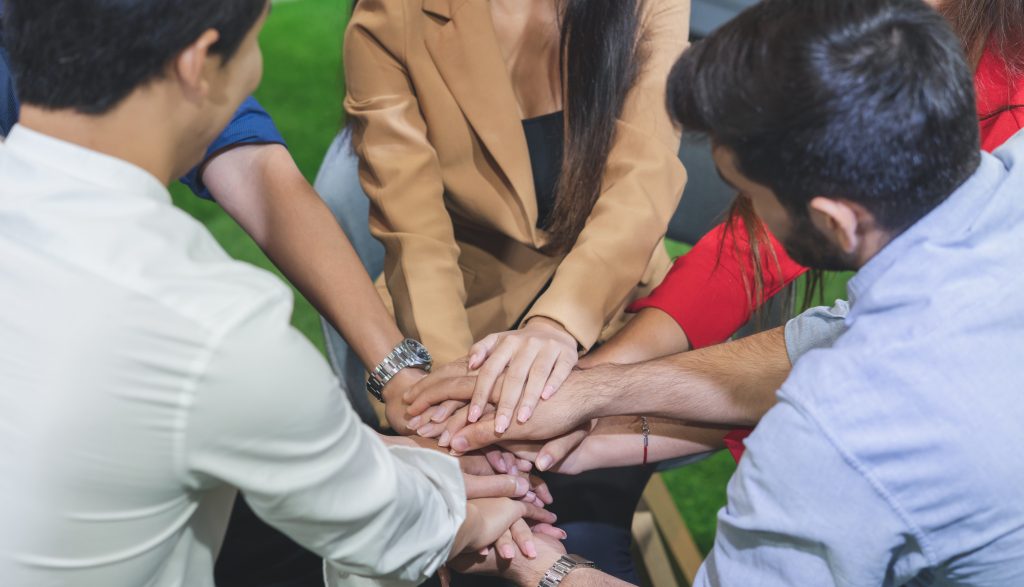
“With every heart circle I experience gratitude for the gift of openness, vulnerability and care that is shared,” says Tijs Breuer. “By connecting at the heart level, we open ourselves to the essence of the other. Sometimes there is resistance to the other person's stories, but soon you experience the willingness to let go of the other person's need for evaluation, assessment or comparison. ”
How does a sharing circle work?
The facilitator first explains the rules of the game: everything shared in the circle remains in the circle. We speak in the “I” form and focus on sharing our own feelings. We do not comment on what anyone else has said. A Talking Stick is a beautiful tool that gives us the courage to speak the truth and the power to speak from the heart.
The Talking Stick is passed on. In an online circle, each of the participants has their own Stick. They can put their Stick in front of them and only hold it when it is their turn to speak.
The person holding the Talking Stick speaks without being interrupted by the others. The others are encouraged to listen carefully. We do not judge and do not advise each other. But we look at what we recognize and can learn from each other. You can choose not to speak. You hold the Talking Stick and can simply remain silent for a while or hand the Stick respectfully to the next person, until the item has been passed on to everyone. Sometimes the time is limited, for example to 6 minutes per person and 1 round. Sometimes all time is given and several partial rounds are possible.
For whom are sharing circles organized?
Now that we cannot physically come together in groups due to the spread of the coronavirus, online sharing circles are emerging everywhere. The online sharing circles that Tijs facilitates are primarily intended for participants in my meditation and massage meetings and their friends. But everyone is very welcome. Because for sharing circles it is not necessary that you already know each other.
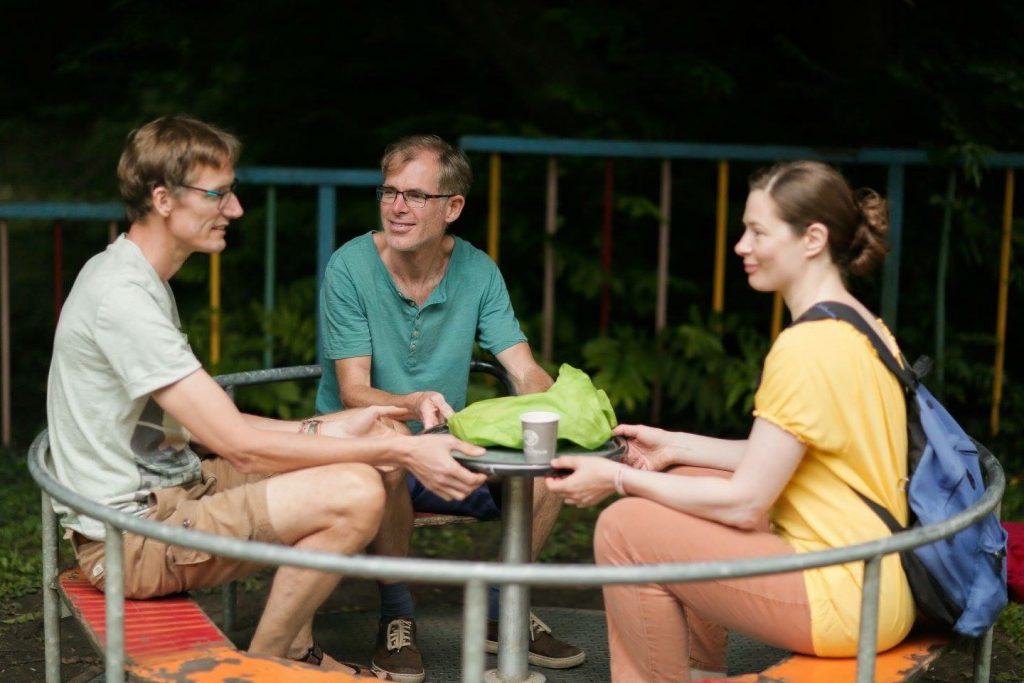
facilitator
Tijs Breuer has become familiar with sharing circles from an early age, including in the residential group in which he grew up. From the age of 17 he guided sharing circles on the weekends.transformation work" for youth. He also did this as a co-trainer at the Essence coaching training, as a circuit leader at The Circles and as a facilitator of local heart circles at the Radical Faeries. In the workshops and meetups that he leads, mixed and specific for men, there is always room for sharing experiences and feelings. In many places, for women,moon circlesOrganized.


